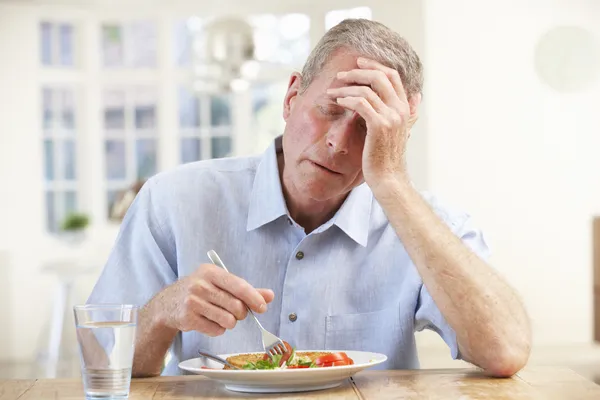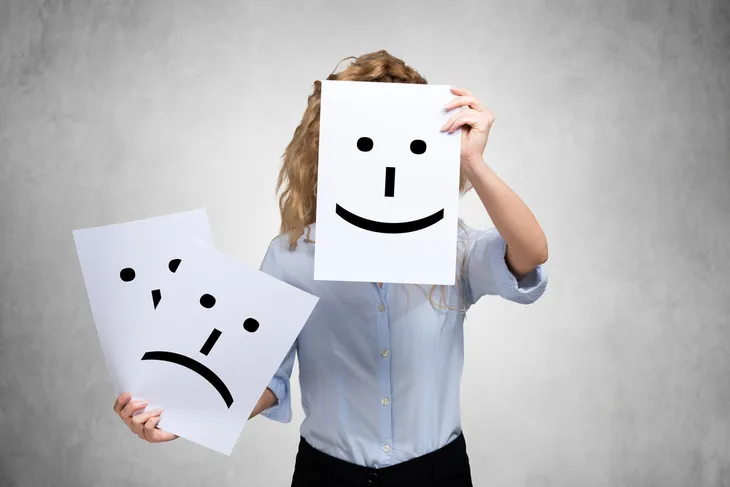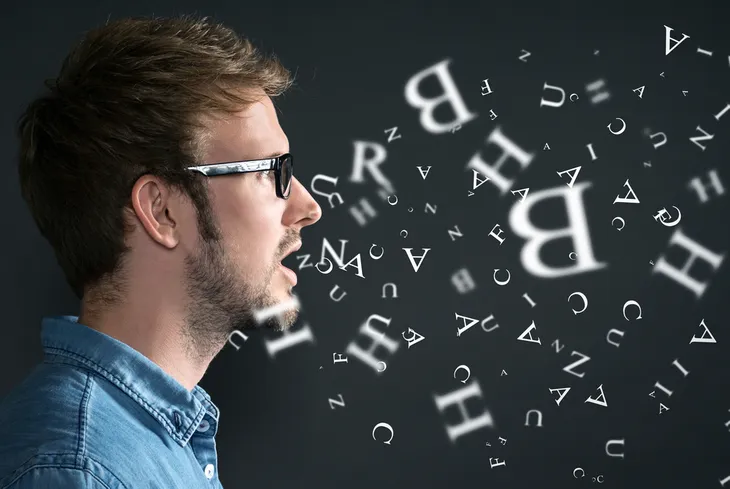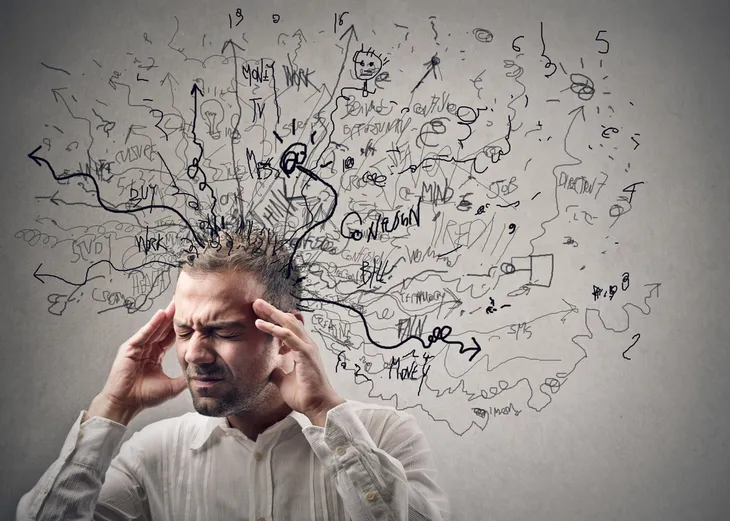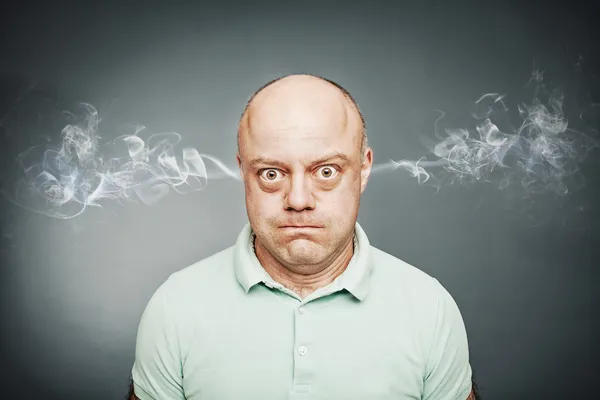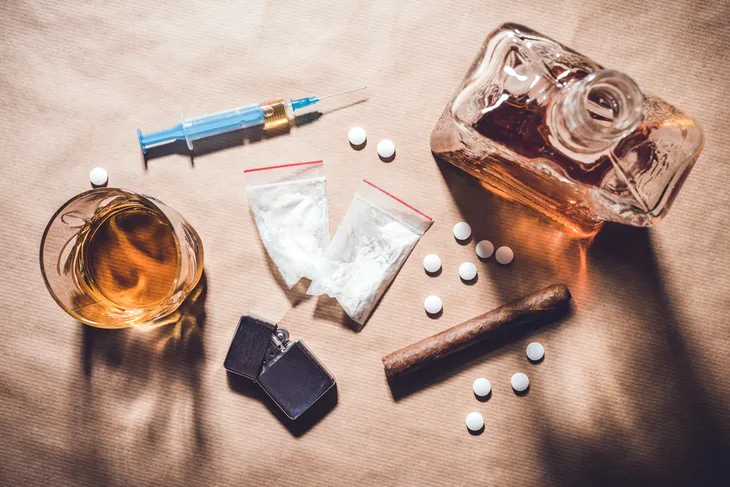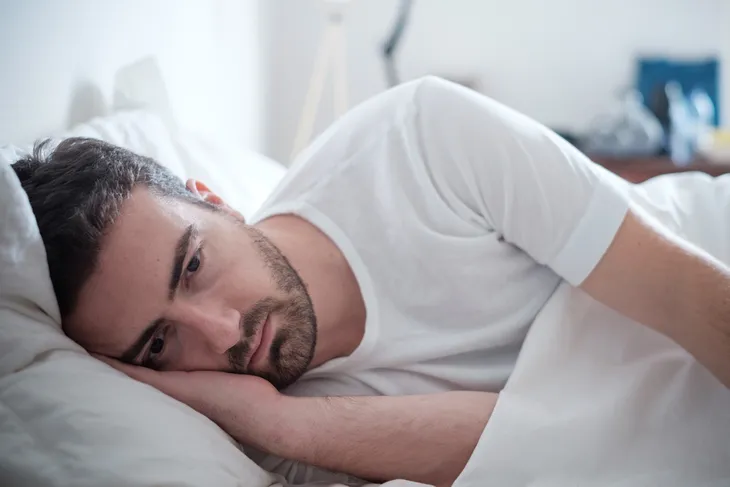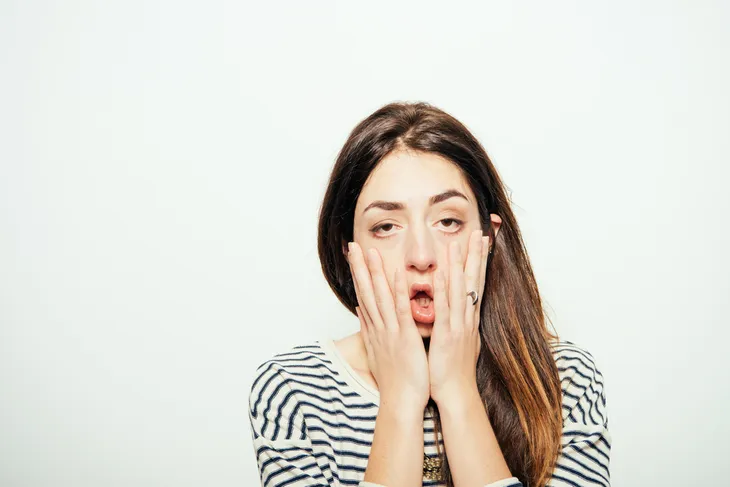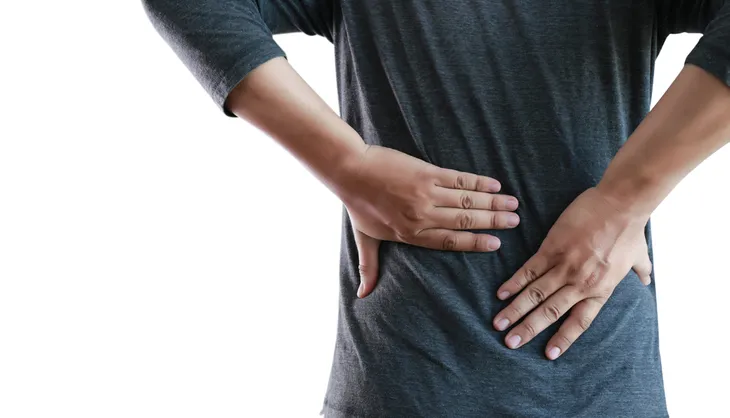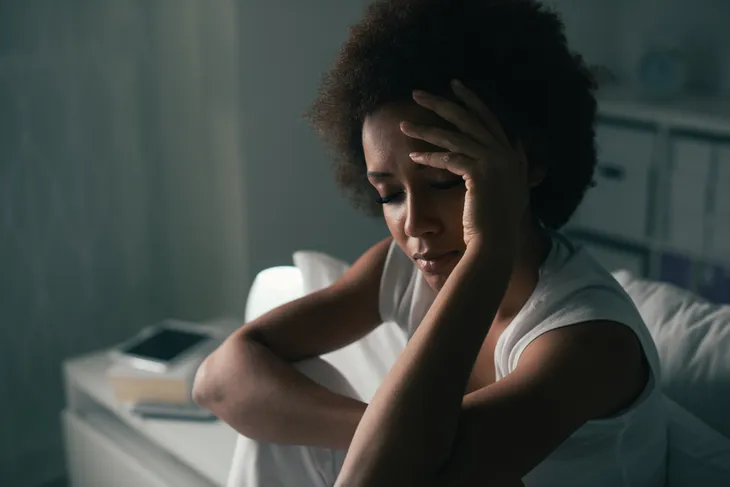Bipolar disorder, sometimes referred to as bipolar disease or manic depression, is a mood disorder that affects millions of people from all walks of life. According to medical professionals, people who suffer from this condition experience distinct episodes of mania (an extremely elevated mood), which are typically followed by episodes of depression and vice versa.
The most common symptom associated with bipolar disorder is distinct periods of elevated and depressed moods. Individuals who are bipolar will experience heightened euphoria and happiness followed by drastic depression and guilt. While swings between manic and depressive episodes are the most common symptom, they are not the only symptom. There are several other hallmarks of this condition, and many of them contradict each other. Essentially, there are two types of symptoms: manic symptoms and depressive symptoms. Each set of symptoms produce very different types of behavior and are often experienced back-to-back in a short period of time.
A list of bipolar symptoms from various medical sources as well as the type (manic or depressive or both) associated with each are…
Distinct Periods of Elevated and Depressed Moods
Type: Manic and Depressive
Distinct periods of elevated and depressed moods are the most common symptom of bipolar disorder and involve both manic and depressive symptoms. This is characterized by a period of elevated, expansive or irritable mood and increased energy, followed by a depressed mood or loss of interest and pleasure in all or almost all activities, or vice versa. Manic periods can last anywhere from a few days to a few months, as can their depressive counterparts.
Many people with bipolar disorder also experience a buffer phase known as “hypomania.” These are like mild manic episodes, which do not significantly interfere with the patient’s everyday responsibilities and behavior. It is also common for people to experience mood instabilities in the days leading up to the full onset of a manic or depressive episode.
Euphoria
Type: Manic
A manic episode will present symptoms of euphoria in patients. Sufferers experience a heightened level of happiness and a sense of accomplishment. They often engage in goal-oriented projects and activities, and feel “unstoppable” in the pursuit of these goals, even though they are often easily distracted from them.
Some patients describe the euphoria of bipolar disorder as a kind of “high.” They may feel very outgoing and unnaturally happy regardless of whether or not the social situation they are in warrants it. Conversely, the euphoria can suddenly give way to extreme irritability.
Rapid Speech
Type: Manic
A good indication that someone is experiencing a manic episode is rapid speech. Patients will suddenly begin speaking extremely quickly for long periods of time, but they are rarely able to follow a train of thought through to its logical conclusion. Instead, they tend to jump from one subject to another in rapid-fire mode, displaying thought patterns that make little sense to others around them.
The rapid speech symptoms are part and parcel of a general burst of energy that patients experience during a manic episode. Other characteristics include a sudden increase in pursuing goal-oriented activities and a feeling of being “unstoppable.” Restlessness and an overestimation of one’s own abilities are also hallmarks of the manic symptoms.
Racing Thoughts
Type: Manic
Racing thoughts are a common manic bipolar symptom. Individuals will often have a difficult time focusing on one thing and will tend to over-analyze their thoughts. Thoughts and speech jump seemingly at random from one unrelated topic to another, which increases the patient’s distractibility. Such symptoms significantly hold back the patient’s pursuit of goal-oriented objectives.
During milder manic episodes known as “hypomania,” patients are largely able to curtail the chaotic consequences of their racing thoughts. While patients may enjoy clarity of mind and high periods of productivity during the hypomania phase, these positive effects suddenly vanish when the patient descends into full-on mania.
Irritation
Type: Manic and Depressive
Irritation and agitation are common in both manic and depressive episodes. Sufferers are easily irritated by situations they normally wouldn’t be agitated with.
Treatment for bipolar disorder often focuses on stabilizing mood, thus preventing both sudden and longer phase shifts between episodes of mania and depression. The severity of these episodes is often used by clinicians to determine how well a given patient is (or is not) responding to treatment.
Increased Physical Activity
Type: Manic
When a person is experiencing a manic episode they will often have extremely high levels of energy. To help relieve the energy, sufferers often turn to physical activity. If someone suddenly feels the need to exercise excessively, it may be an indication of an underlying problem if it continues in a cyclical pattern and is interrupted by long periods of lethargy.
Another way in which this symptom manifests is through compulsive sexual behavior. During a manic episode, a patient may suddenly engage in risky or excessive sex with little to no regard for possible consequences. This can lead to a whole host of other issues, including sexually transmitted infections (STIs) and unwanted pregnancies.
Careless Use of Drugs/Alcohol
Type: Manic
Sometimes, people suffering from bipolar disorder will turn to drugs and alcohol. Careless use of these substances may be a warning sign of deeper issues. Worse, illicit drugs and excessive alcohol consumption have both been shown to further destabilize mood, which just makes the symptoms of the condition all that much worse.
Drugs and alcohol are also known to increase the anxiety that can accompany the hypomanic “bridge phase.” It’s little wonder that most successful treatment programs stress to patients that they must limit or eliminate alcohol consumption and avoid street drugs altogether.
Decreased Need for Sleep
Type: Manic
As previously noted, manic episodes often involve large bursts of energy and euphoria. These symptoms can make it incredibly difficult to sleep. An individual experiencing this symptom may require less sleep, but won’t necessarily feel tired or exhausted. Thus, this symptom is often mischaracterized as insomnia.
A person suffering from insomnia experiences persistent difficulty falling asleep or staying asleep. This isn’t quite what happens during a manic episode. Patients typically just don’t feel tired to the same degree they normally would, and as such, they choose to stay up and use outlets to expend their energy rather than try to sleep.
Missed Work
Type: Manic and Depressive
A common symptom of bipolar disorder is the inability to maintain a schedule. For this reason, many bipolar sufferers will often miss work (or school or other commitments). In fact, one of the key diagnostic criteria for the disorder is that the patient’s symptoms are severe enough to interfere with his or her ability to function in day-to-day life.
During a manic period, a person may miss work because they are too busy pursuing other activities they deem to be more important or because they cannot focus on the task at hand. During a depressive episode, the patient may simply be too lethargic to get out of bed or fail to see the point in continuing to work.
Fatigue
Type: Depressive
Contrary to manic symptoms, individuals suffering from a depressive episode will often experience extreme tiredness and fatigue. Wanting to go to bed, staying in bed late, and an overall lack of motivation throughout the day are all signs of bipolar disorder. These symptoms are one of the clearest examples of the day-to-night dichotomy between mania and depression.
In addition to physical fatigue, patients often feel mentally “bogged down” during a depressive episode, despite the fact that they are getting ample sleep. Mental sluggishness replaces energetic goal-oriented euphoria, and patients suddenly lack the drive or desire to do the things that interest them.
Chronic Pain with No Known Cause
Type: Depressive
Individuals experiencing other symptoms on the list, along with chronic pain with no known cause, may be suffering from bipolar disorder. This pain can present itself throughout many parts of the body including, but not limited to, severe headaches. Muscle aches and generalized, nonspecific body aches can also occur.
In some cases, the pain has a known cause, but is amplified and intensified. For example, a person with a mildly bruised knee may complain of unbearable throbbing pain that exceeds what would normally be expected from such an injury. Curiously, it seems that antidepressants offer the most effective relief from this type of pain.
Sadness/Hopelessness
Type: Depressive
One of the most telltale symptoms of a depressive episode associated with bipolar disorder is an overwhelming feeling of sadness and hopelessness. Individuals can fall into a state of depression and may have noticeably different symptoms than those related to a manic episode (where individuals experience a heightened sense of happiness and euphoria). They suddenly become sluggish and don’t see a point in pursuing goals.
Another common symptom is a near-total loss of interest in activities the patient once enjoyed, including sexual activity. This is often in stark contrast to what happens during a manic episode, when patients tirelessly pursue their interests and may engage in compulsive, excessive sexual acts.
Suicidal Thoughts
Type: Depressive
As noted previously, individuals with bipolar disorder will often feel sad and depressed. In extreme cases, they may develop suicidal thoughts and act in a suicidal manner. This can be extremely dangerous, since bipolar disorder also commonly includes compulsiveness. A person feeling despondent to the point of suicide may suddenly attempt to take his or her own life.
If these symptoms present themselves, seek medical or professional attention immediately. Patients suffering from suicidal thoughts or suicidal behavior need prompt and aggressive interventions to defuse the risk of tragic consequences.
Withdrawal from Friends and Family
Type: Depressive
During a depressive episode, individuals with bipolar disorder may withdraw from those who are closest to them, including friends, family, and spouses. Although such isolation is done unconsciously, it can have devastating effects. Because loved ones cannot understand the reason for the social withdrawal, such behavior can put tremendous strain on personal relationships.
Isolation can also exacerbate negative thoughts and sadness, triggering depression. Some examples of withdrawal that Foundations Recovery Network says to be mindful of include “not returning calls” and “choosing not to attend parties or social gatherings.”
Changes in Appetite
Type: Manic or Depressive
Changes in appetite can occur in both manic and depressive episodes. During a manic episode, individuals may completely lose their desire to eat, oftentimes for days at a time. Or, on the flip side, their impulsive tendencies may cause them to eat far more than they typically would, even if they’re not hungry.
With a depressive episode, low mood and sadness can result in a loss of appetite or, alternatively, these feelings may cause them to overeat. With both types of episodes, such behaviors can result in frequent fluctuations in weight, both up and down. In some cases, such changes in appetite may be due to an eating disorder, which new research has shown is quite common among those with bipolar disorder.
